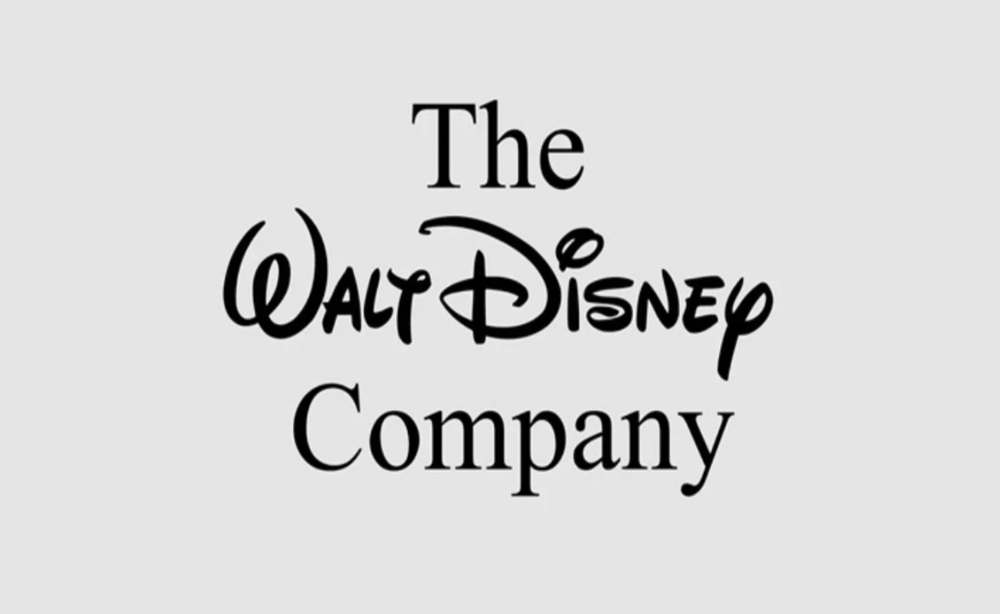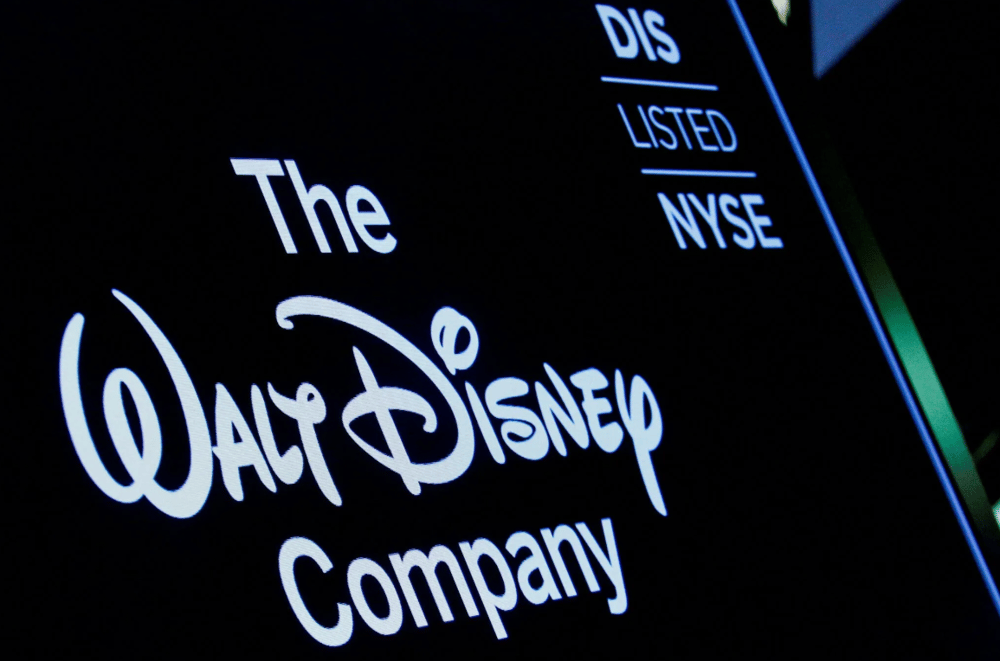Walt Disney Cuts Hundreds of Jobs Amid Strategic Shift Toward Streaming
The Walt Disney Company $DIS has initiated another wave of layoffs, affecting several hundred employees across its film, television, and corporate finance divisions. This development follows a broader organizational restructuring prompted by changing media consumption patterns and the accelerating shift away from traditional cable television toward digital streaming platforms.
The job cuts span multiple departments globally, including film and TV marketing, advertising sales, casting, and content development. According to a source familiar with the matter, the redundancies reflect Disney's ongoing efforts to streamline operations and recalibrate its cost structure in line with evolving market realities.
Internal Realignment in Response to Streaming-Centric Business Models
This latest round of layoffs is part of Disney’s longer-term strategy to reduce expenses and align its workforce with a more digitally oriented business model. In 2023, the company announced a major cost-cutting initiative targeting $5.5 billion in savings, which included eliminating 7,000 positions globally.
The decline of linear television and the increasing dominance of platforms like Disney+ and Hulu have prompted legacy media firms to reconsider traditional business segments. The impacted units, such as TV ad sales and theatrical marketing, are emblematic of Disney's historical strengths—but now face diminishing returns in the current media landscape.
Disney is also contending with broader economic headwinds, heightened investor scrutiny, and competitive pressure from tech-native rivals like Netflix (NFLX.O) and Amazon $AMZN in the streaming space. The layoffs, while significant, are viewed by analysts as a necessary adjustment to preserve capital for content innovation and platform scalability.

Brief Overview of Events
Company: The Walt Disney Company
Scope of layoffs: Several hundred employees globally
Impacted divisions: Film and TV marketing, corporate finance, TV ad sales, casting, development
Strategic context: Follows 2023’s $5.5B cost-saving initiative, which included 7,000 job cuts
Industry trend: Audience migration from cable TV to streaming platforms like Disney+
Market and Industry Reaction
Investors have largely priced in these strategic pivots, with DIS shares remaining stable in recent sessions. Analysts suggest that while workforce reductions are painful in the short term, they are necessary to support margin protection and long-term innovation in a highly competitive market.
Media sector commentators note that the layoffs may improve operational agility but could also impact creative output in the short term. With declining cable revenues and rising content costs, legacy studios are under pressure to justify capital expenditures. Disney, in particular, has emphasized quality over quantity in its recent streaming strategy shifts.
From a labor perspective, industry unions and employee advocacy groups have expressed concern about the ongoing consolidation of roles and the loss of institutional knowledge, especially in creative functions. However, Disney has not announced any further layoffs at this time.

Key Takeaways from the Market Response
Investors view cuts as part of broader structural adaptation.
Disney continues prioritizing streaming profitability and user growth.
Creative departments may face operational constraints in near term.
Cost control measures seen as essential for long-term viability.
Further job cuts not currently anticipated but remain possible.
Disney Reorients for a Streaming-First Era
The Walt Disney Company’s decision to implement additional layoffs underscores the magnitude of transformation within the global media and entertainment industry. As consumers increasingly favor on-demand, digital-first platforms over linear broadcasting, even market leaders must adjust their cost bases and workforce compositions to stay competitive.
While the immediate impact is most acutely felt by employees, the strategic realignment signals Disney's commitment to sustaining long-term profitability in a rapidly evolving content economy. The company’s next challenge will be to maintain creative excellence while navigating financial efficiency in an era of streaming dominance.















Comments